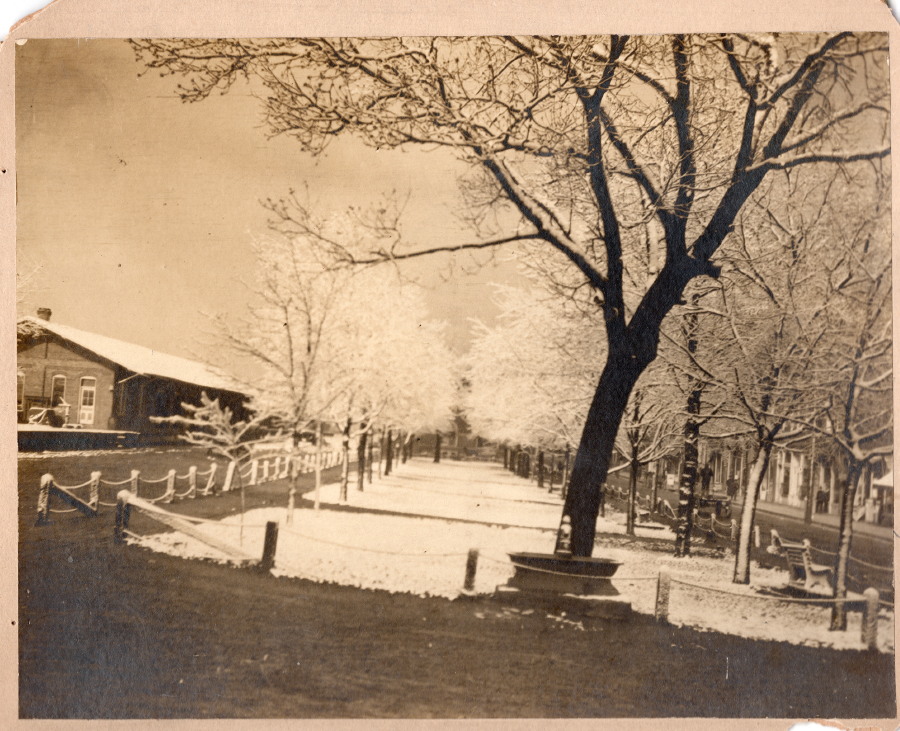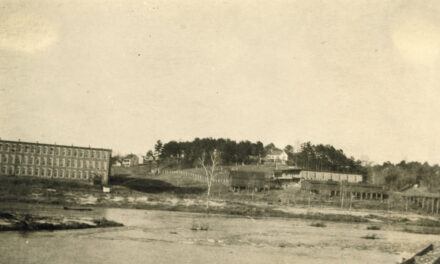
Only after a little more than a year in existence, the town of Hickory Tavern saw itself as a superior place to live. According to observers, the community sported the “neatest newspaper in that section of the country” and claims of healthier living than anywhere else. Why?
As any realtor will tell you, location, location, location.
The editor of the “neat” Carolina Eagle, James R. Ellis put forth the theory that Hickory Tavern stood on better placed ground than any town in any direction. He asserted that the town, which began as a stopover on the stage line between Salisbury and Morganton, later a station in the Western North Carolina Railroad, enjoyed a privileged position.
Ellis claimed that Hickory was “on the dividing line between east and west climate, in other word(s) it is immediately on the line between the miasmatic diseases of the East and South and the mountain diseases of the West, and just far enough north to be entire(ly) free from the sultry and sickly breezes of the South and Southwest.”

Union Square, early 20th century, courtesy of Ann Goodman.
Ellis believes that living in Hickory shielded its residents from diseases that would attack them if they lived anywhere else. Farther west, the “mountain diseases” would get you, maladies like “Typhoid fever, Throat and Chest affections, Milk-sickness and that most troublesome of all diseases, Rhuematism.” Down toward Salisbury tuberculosis or cholera reigned because the air did not stir enough and breathing bad air caused people to get any number of illnesses up to and including the Black Death, according to Ellis, who by the way also served a term as Hickory’s mayor.
Editor Ellis said these diseases could never come to Hickory. It’s elevation of 1194 feet above sea level, higher than Salisbury, Newton, Morganton and Lenoir, protects its residents from “all malarial distempers.” Whether this is true or not is highly debatable, but Ellis makes these claims as one of the new city’s earliest and most vocal boosters.
At the time Hickory Tavern was about as far as a visitor could venture for a comfortable vacation into the North Carolina mountains. Traveling further beyond the foothills brought less civilized conditions in the 1870s and therefore less comfort. With hotels going up in abundance, Ellis characterized Hickory as the best place to go to see the mountains.
His assertions were not wrong. He argued, “Hickory Tavern is blessed with a particularly delightful and bracing climate, a splendid landscape and mountain scenery.” He also claimed “the purest water in the state” flowed here. With “a social and hospitable community” to greet you when you arrive, no wonder he called Hickory Tavern “one of the first places in the country as a summer resort.”
Plus, Hickory had a secret weapon. Ellis noted that a mineral springs had been discovered just out of town in August of 1870, the summer after its first incorporation. The resort of Catawba Springs is another story for another day, but it all went to paint Hickory as the place to be in 1871. The more things change, the more they stay the same.









